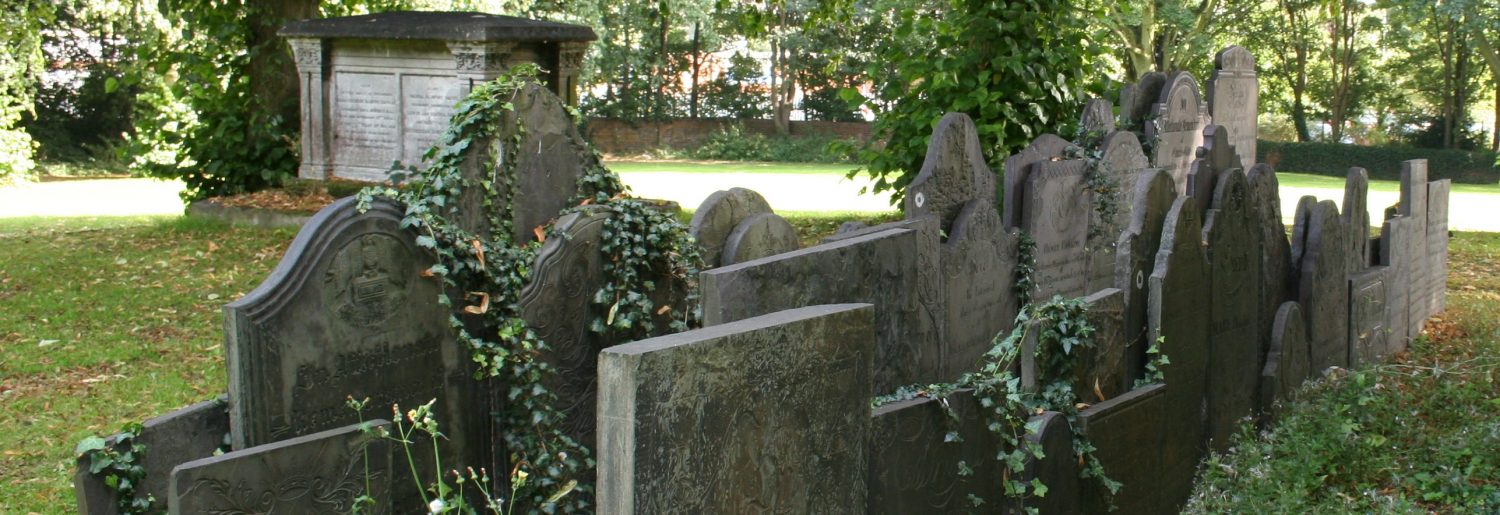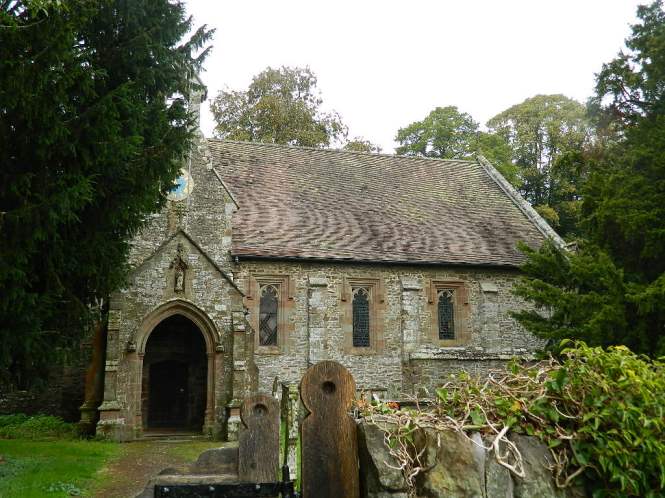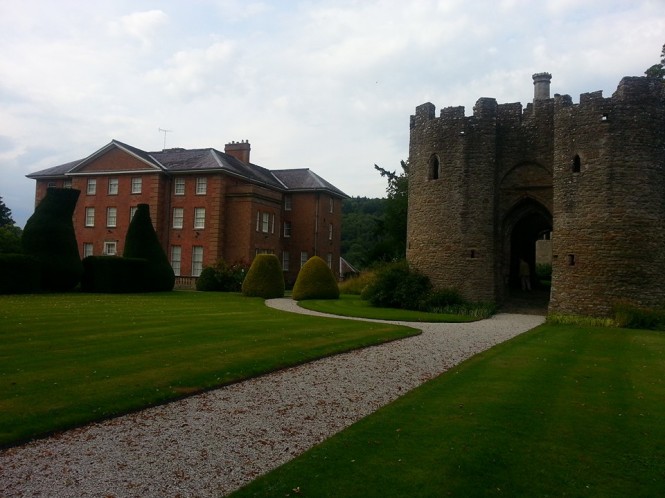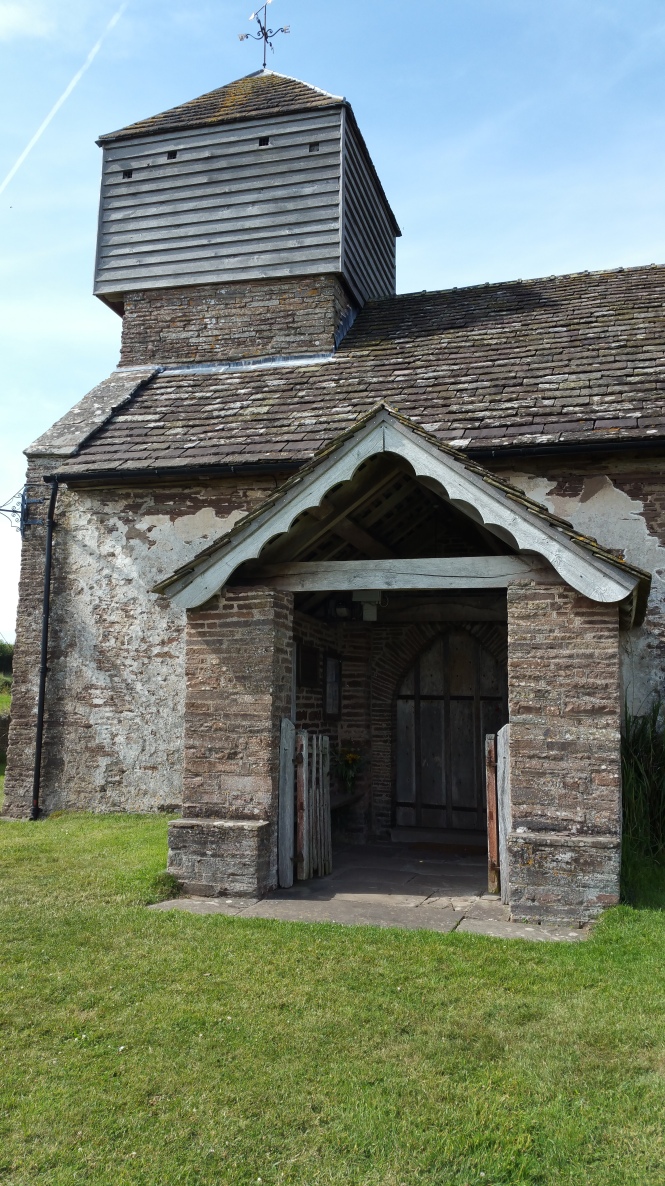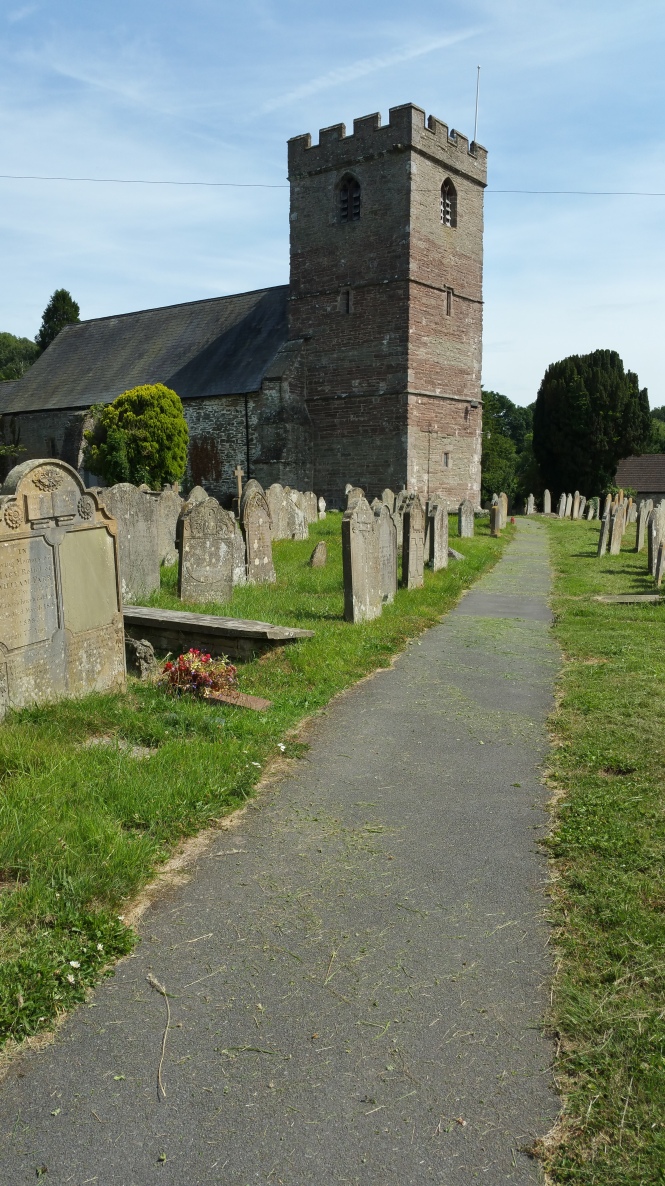As an academic historian-in-training, I’m used to dealing with the written word, whether that’s reading other historian’s work or primary sources from the past. Last week, however, featured the spoken word rather than the written. My first audio-visual piece went out to the world. A vlog (video log), a filmed debate done as part of the History on the Box blog series produced by postgraduate students at the University of Leicester, it’s been – so far – well received and it’s something I’m pretty proud of. Myself and my fellow student, Katie Bridger, were debating the merits of the ‘ambitous and groundbreaking’ method of presenting history promoted in ‘Lucy Worsley’s Six Wives’ series which aired before Christmas 2016. The new method referred to is the way in which Worsley, one moment dressed in modern, 21st century clothing, presents as the historian we know, when someone will cross the screen, and suddenly, she’s dressed in sixteenth-century dress, a maidservant in the background, observing the events of the wives of Henry VIII. Sort of time travel, if you like. Is Worsley successful in this? Well, that’s what Katie and I were arguing about – and if you want to know the outcome, you’ll have to watch the video.
It has, however, stirred up thoughts in my mind about public history as a whole, about the role that we, as academics, have to play in terms of passing on our knowledge; of increasing awareness of history as a whole and specific historical knowledge; and also some of the key skills that we, as historians, learn. Not every historian is going to want to do this kind of public engagement, but I think its something that is particular to the kind of historians both Katie and I are – we’re both students at the Centre for English Local History at the University. I think a lot of the people from the Centre are willing to spend time in talking to people, that they seem – and I’m aware that I’m generalising here – to find it rewarding in doing this kind of public engagement. Talking to people who want to know more about the history of their own area. Those who are curious about the past often want to know about their own area, to understand, for example, why local villages are named in certain ways. I think, to a certain extent, that’s human nature; a certain sense of curiosity about why things are, as they are. There are many many talks occurring up and down the country in village halls, guildhalls, churches, on the streets: people – not just academics, but people with knowledge, who are willing to spare a little time to share what they’ve learned to those who want to know. Now that I stop to think about it, and consider the people that I’ve met through the Centre, not just those who taught me on the English Local History MA course but ex and current students at the Centre, that sort of passion for imparting knowledge, for teaching, even in small bursts, is shared by most, if not all of us. An interview with Worsley, for example, echoes the same point, when she explains why she doesn’t work in academia: ‘I am interested in talking to people at large rather than experts. I want to express my enthusiasm for history with as many as possible.’ Don’t get me wrong, I don’t think this passion is unique to people from the Centre, or even to historians as a whole; you only have to think of, say, Brian Cox, who has a similar passion for teaching physics to see what I mean.
But what does this passion mean to the national engagement of history, as a whole? While the urge to teach – in a variety of ways – is certainly prevalent across historical academia, we have to recognise that not every person is interested in sitting down and watching a more traditional history television documentary. This invariably features visits to the places being discussed, perhaps featuring the primary sources being discussed, sometimes actors who portray the people and scenes that we know of from history, sometimes talking, sometimes not. But what the debate has really clarified, in my mind, is that I think those who make history documentaries for television, perhaps feel that the now-traditional format described above (which, believe it or not, was once groundbreaking in itself) has had its day, and that its not engaging with new audiences any more. After all, there is a reason that certain subjects like the Tudors have – as I said in the video – been done to death. Ultimately people like to hear about the foibles of the great, the wealthy, the scandalous. They like to hear that they are human, just like them. These are stories, not quite real, and serve the same purpose as the stories that were once told round fires at night in the village pub, or, even further back, in the middle of the settlement or camp that they were living in at the time. Human psychology means stories will always be told; if a certain king behaves in a certain way, then it means Joe Bloggs feels a little better when he’s perhaps behaved badly in a similar way (although not quite so badly, of course. Kings get away with more than ordinary mortals do!) But the current prevalence of historical television programming is causing a problem; more channels, even a channel devoted to history, means we are rapidly reaching saturation point, and although there is – as Katie pointed out in the debate – so much out there that could be filmed and talked about, for many people, they just don’t want to know about anything that isn’t a bit familiar, glamorous, or heroic. The history of the ordinary person, for example, Mary the baker’s daughter from the next village over, in television terms, just ain’t sexy.
But if these documentary makers can hit on the next new big method in history documentaries, then this saturation point goes back to being unsaturated. They have to start over, with telling all the current stories in this new way. There’s also the possibility of gaining new audience share, of pulling in those people who might not watch a traditional documentary. Win-win! I think these concerns are at the root at not only Worsley’s ‘Six Wives’ but also ‘1066: a year to conquer England’, which is on television at the moment. That series has everything: it has Dan Snow as the presenter, visiting the different places that feature in the history, it has actors playing the roles of the different people involved; it has historians (Janina Ramirez, Tom Holland and Dan Jones) around a table, arguing for the different historical figures that they are representing. The premise of that series is that 1066 was the year that changed everything; and periodically the screen fills with a countdown to the Battle of Hastings across the 3 hours that the series takes up. Whether that series is successful in being the next new big type of history documentary or not (I would argue not – I think it is too cluttered and hectic) I think we’re going to see more of these experimental types of history programmes on the television.
What does this have to do, however, with those of us who speak to substantially smaller audiences, on topics such as local history? I think we often take our lead from these programmes. Those who come to our talks often like to listen to/watch history on national media as well, and that will shape their expectations of us. Those of us who are serious about our crafts – that is, public history engagement – will be wanting to deliver, to keep people listening. If we become old fashioned, then our message becomes less attractive. I think too, that our message, in a way, is more important now. The world seems to be changing; right-wing opinions are coming to the fore and fake news is a real and present worry for not only public figures but for those of us who listen and watch current events. The skills that we as historians have are critical in defeating things like fake news. I don’t mean so much the ability read Latin or medieval writing, but the skill of analytical questioning, of not simply accepting at face value, a document that is presented to us. Of thinking; if we have a letter, why someone has written it; who they were writing to; for what purpose; where, when; why has it survived? Basic questions that historians are used to working with that need to be applied to modern documents too.
I don’t think its any accident either that the last year has also seen at least two television series devoted to the topic of historiography (that is, how the history that we tell of a specific subject has changed over time).¹ It’s critical that people understand that the way that events and topics are described can be changed according to who is talking/writing – and that truism is as true now as it is for the past. One of the few ways to break the spell of fake news is to understand how it has happened before, to past events, whether the ‘fake’ has been crafted deliberately or not – and for that, historiography is critical. In that sense, I think historians have a very real and vital role to play, whether that’s on national television or radio programming, or talking to a small group of people in a village hall for an hour, explaining how you’ve question the documents on the topic you’re talking about.
Public engagement is becoming more and more important as part of a historian’s role, I think. The days of being able to rest within the ivory towers of academia, if they ever did exist, are well and truly over. I think this is at least partially why PhD funding programmes like Midland3Cities are so keen to make sure that those they support (those who will be the next generation of academics, in other words) are able to do this. And I think, that no matter the direction that television documentaries do go in, that academic historians of all kinds and levels continue develop their public engagement role.
¹ Timewatch and ‘British History’s biggest fibs’ with Lucy Worsley

